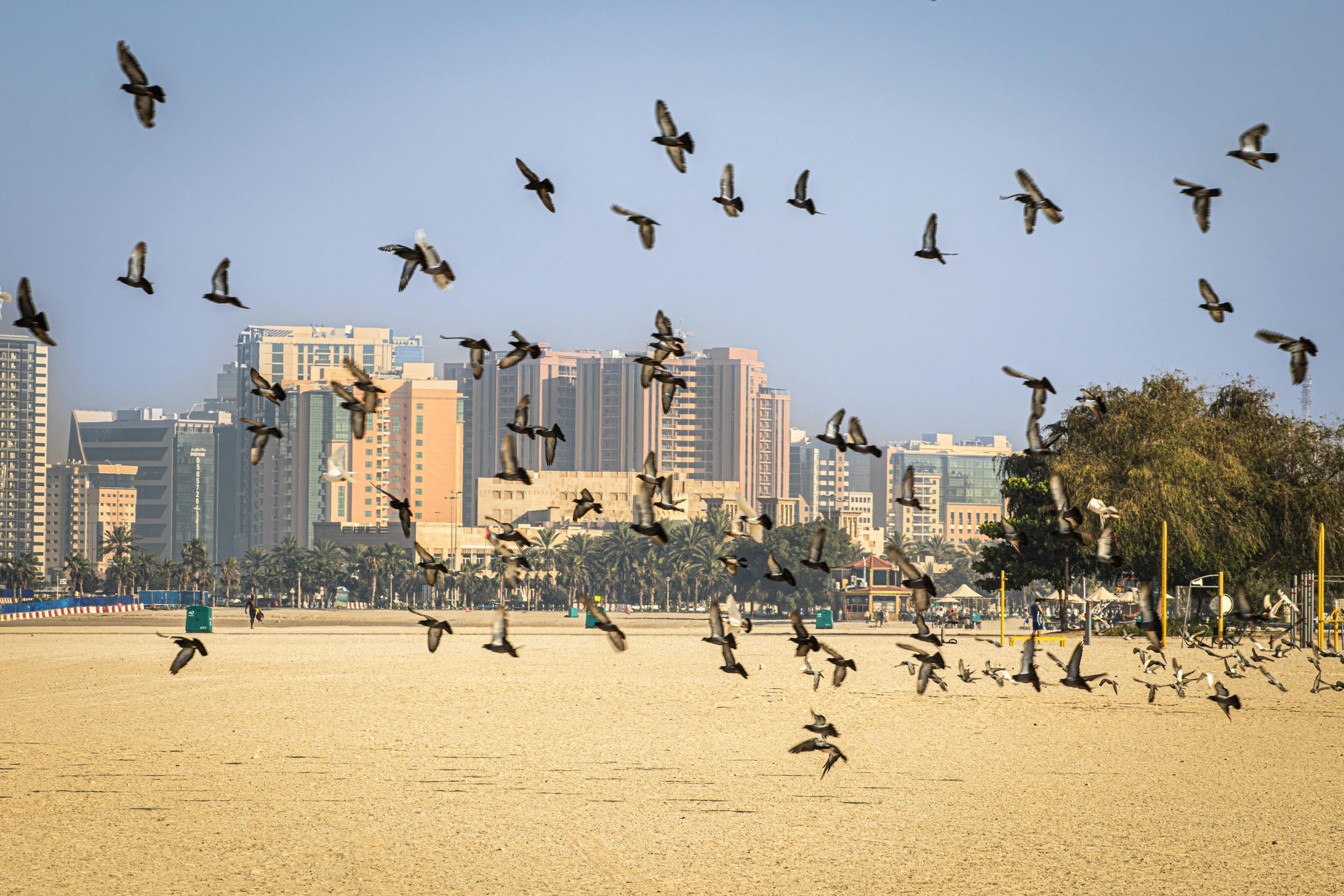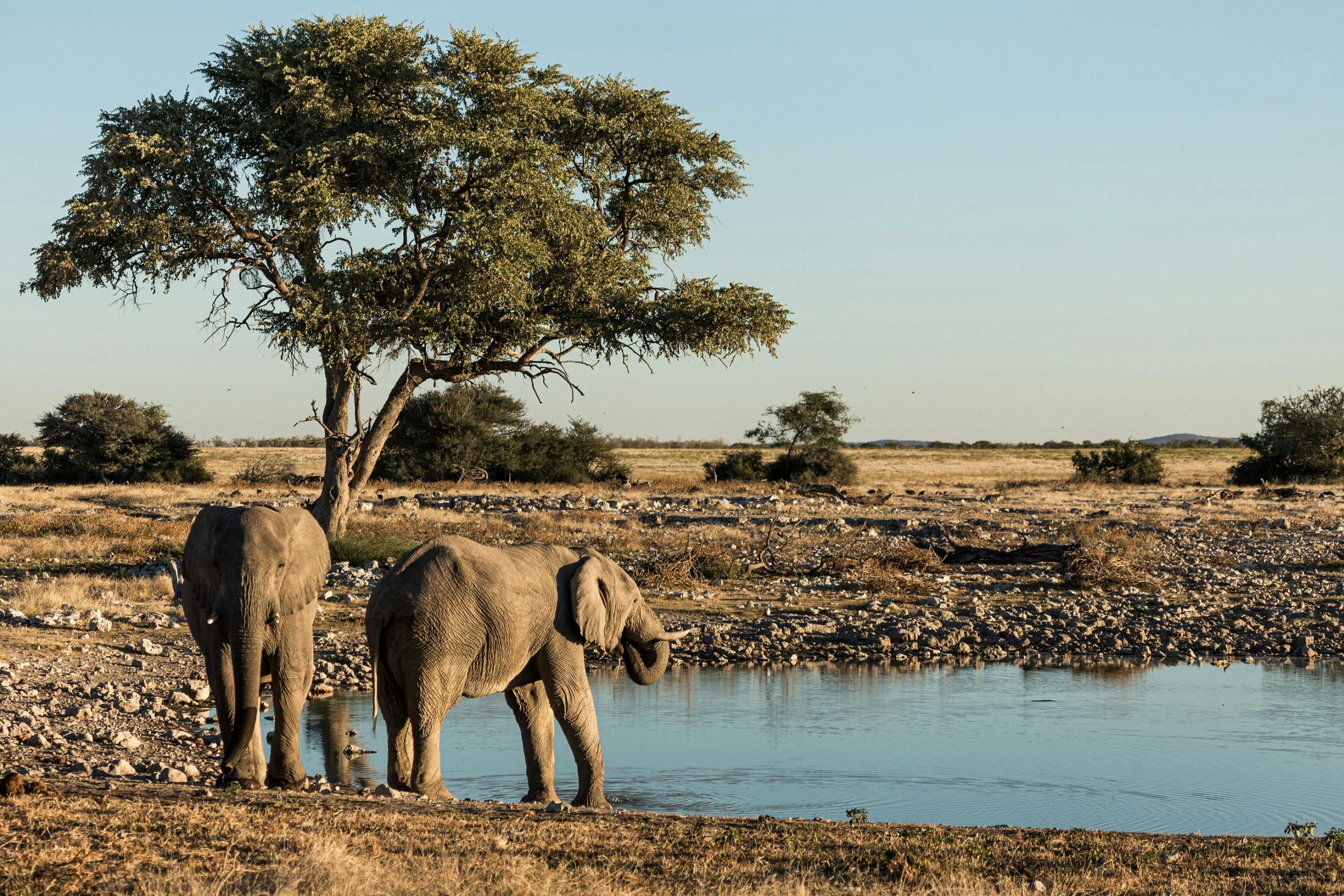Exploring Namibia in 15 Days: The Ultimate Travel Guide
Namibia is a land of rugged beauty, vibrant wildlife, and cultural depth, offering a travel experience unlike any other. From its expansive, surreal landscapes to its rich, diverse traditions, this Southern African country invites adventurers, photographers, and wanderers alike to explore its unique wonders. Here’s a look at what makes Namibia an unforgettable destination, with tips for making the most of your journey through this incredible place.
Day 1-2: Start in Windhoek – The Capital City

Most visitors arrive in Windhoek, a small but lively city blending African spirit with German architecture and culture. Take a day to explore its museums, such as the National Museum of Namibia, or visit the iconic Christuskirche, a Lutheran church with a stunning design that dates back to colonial times. Windhoek is also known for its markets and local crafts, where you can pick up handcrafted jewelry or textiles as a souvenir.
Day 3-5: The Sossusvlei and Namib Desert – Red Dunes and Endless Horizons

Leaving Windhoek, head southwest to Sossusvlei, located in the heart of the Namib Desert. Here you’ll find some of the world’s tallest sand dunes, reaching heights of up to 325 meters. The most famous dune, “Dune 45,” is a stunning vantage point to watch the sunrise over the red sand, casting shadows that highlight the desert’s vastness. Another iconic spot is Deadvlei, a white clay pan surrounded by dark, ancient trees that stand out against the bright orange dunes—a dream for photographers!
The Namib Desert is also home to an array of wildlife uniquely adapted to this harsh environment. You might spot oryx, springbok, and even the elusive desert-adapted elephants as they roam the desert landscapes. For a truly memorable experience, consider taking a hot air balloon ride over the dunes at sunrise.
Day 6-8: Swakopmund – Coastal Charm and Adventure Sports

After the heat of the desert, make your way to Swakopmund, a charming coastal town with a distinctly German feel. Known for its colonial architecture and ocean views, Swakopmund offers a refreshing coastal breeze along with a variety of adventure sports. You can go sandboarding on the nearby dunes, quad biking through the desert, or even skydiving over the Skeleton Coast.
Swakopmund is also a great base for exploring the Skeleton Coast, a stretch of beach littered with shipwrecks and home to diverse marine life. Take a boat tour to spot dolphins, seals, and sometimes even whales, and for a unique treat, try fresh seafood at one of the local restaurants.
Day 9-11: Etosha National Park – Namibia’s Wildlife Wonderland

No trip to Namibia is complete without a safari, and Etosha National Park is one of Africa’s top wildlife reserves. Spanning more than 22,000 square kilometers, the park centers around the vast Etosha Pan, a salt flat that attracts thousands of animals. From May to November, water sources are scarce, which means animals gather around waterholes—creating prime conditions for wildlife viewing. You might see lions, elephants, rhinos, and leopards, and the park is home to over 340 bird species, making it a birdwatcher’s paradise.
Etosha’s lodges and campsites offer options for staying within the park, allowing early morning or late afternoon game drives when animals are most active. Watching a herd of elephants approach a waterhole at sunset is a magical moment that captures the wild beauty of Africa.
Day 12-14: Damaraland – Unique Landscapes and Ancient Heritage
Next, head north to Damaraland, a region known for its fascinating landscapes and ancient rock engravings. Damaraland’s rocky outcrops and open savannahs are home to the Himba people, one of Namibia’s indigenous groups known for their distinctive clothing and cultural practices. Visiting a Himba village offers a chance to learn about their way of life and unique customs, providing a rare insight into Namibia’s cultural richness.
The nearby Twyfelfontein is a UNESCO World Heritage Site, home to thousands of rock engravings created by early San people, depicting animals and human figures. Exploring this open-air gallery gives you a sense of Namibia’s ancient history and cultural significance.
Practical Tips for Traveling in Namibia
1. Best Time to Visit: The dry season (May to October) is ideal for wildlife viewing, while the green season (November to April) offers lush landscapes and fewer tourists.
2. Getting Around: Renting a 4×4 is recommended, as many roads are unpaved and distances are vast. Namibia’s roads can be rough, so be prepared for off-road adventures!
3. Safety and Health: Namibia is generally safe, but it’s wise to take basic precautions and avoid driving at night due to wildlife and livestock on the roads.
4. Accommodations: Namibia has a range of options from luxury lodges to budget-friendly campsites. Booking in advance is essential during the peak season, especially within Etosha National Park.
5. Respecting Local Cultures: Namibia is home to diverse ethnic groups with rich traditions. If you’re visiting indigenous communities, engage respectfully, ask before taking photos, and support local crafts when possible.
Namibia: Where Beauty and Adventure Await
Namibia is a place where diverse landscapes and cultures come together to create a truly memorable travel experience. From the surreal desert dunes of Sossusvlei to the wildlife wonderland of Etosha and the coastal charm of Swakopmund, each region has its own unique beauty and character. A journey through Namibia is an opportunity to step off the beaten path, connect with nature, and experience the timeless allure of Africa’s landscapes and heritage.


